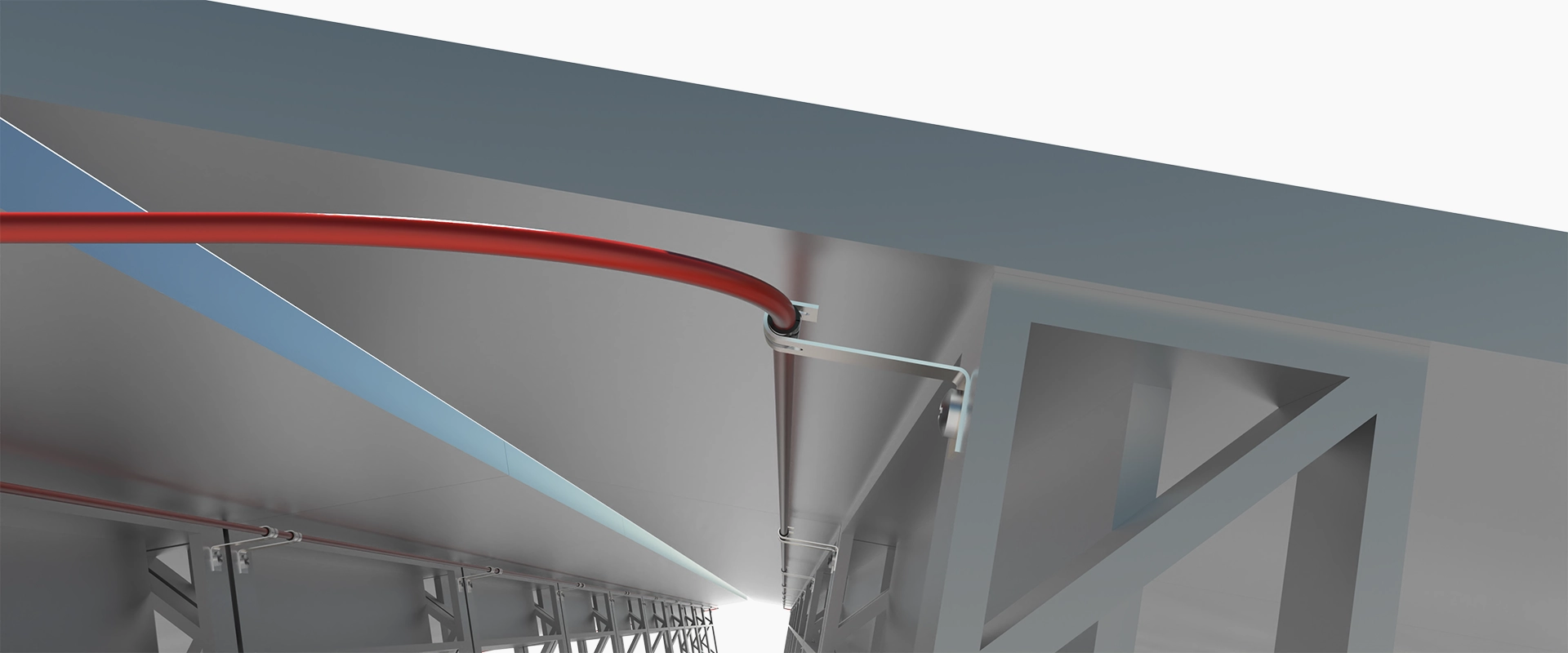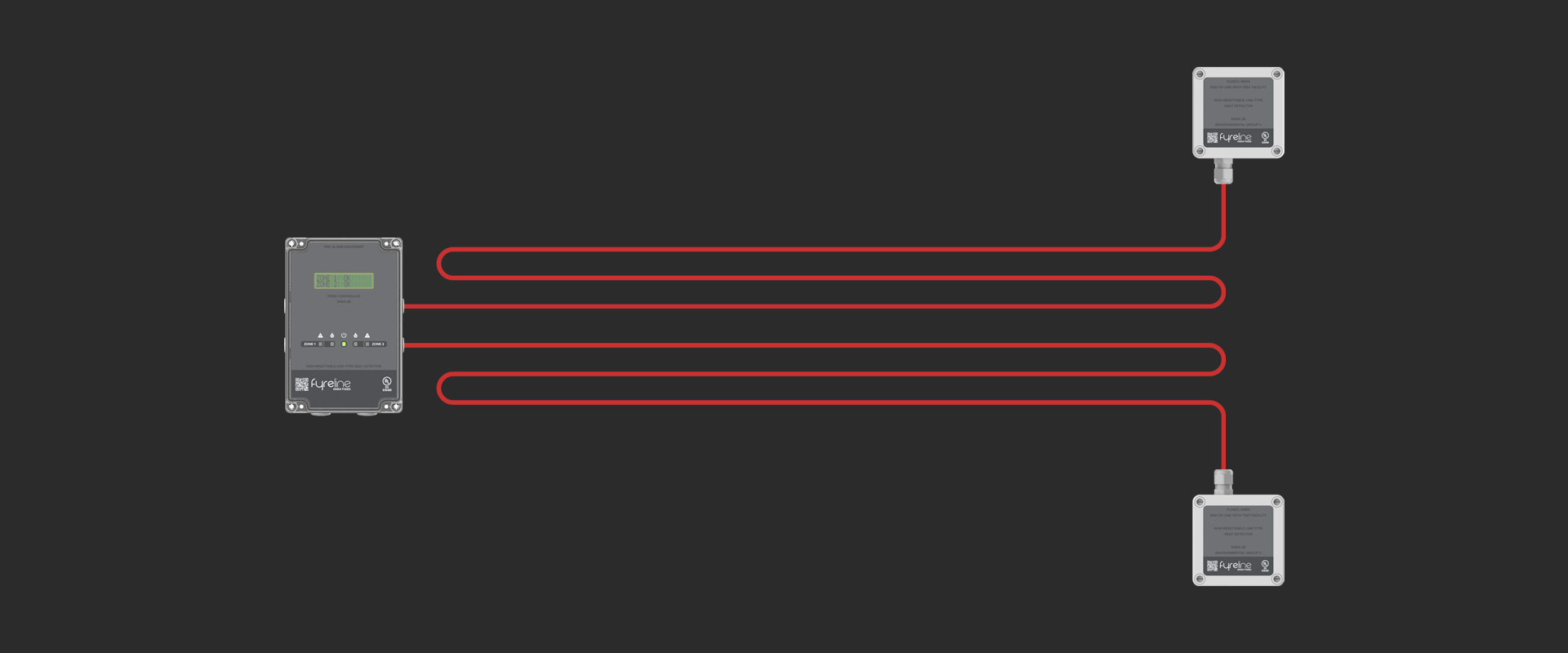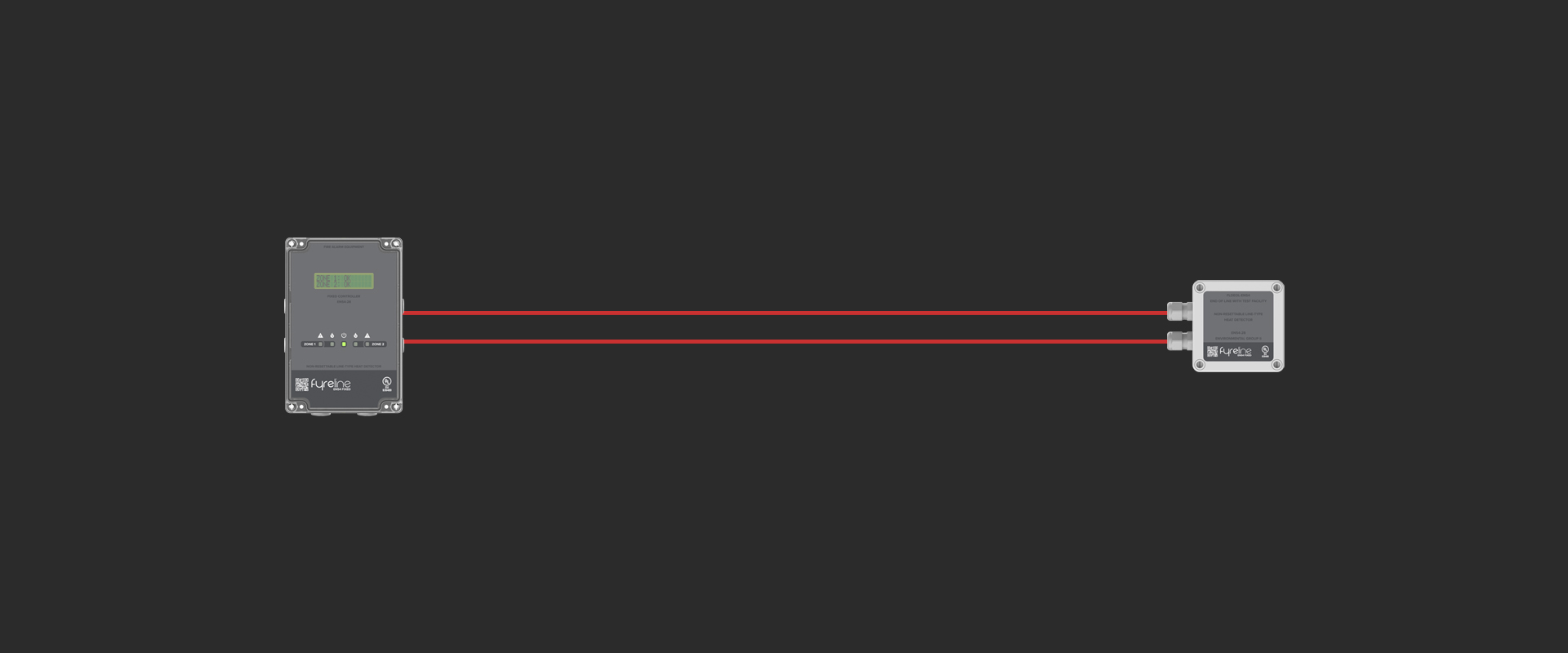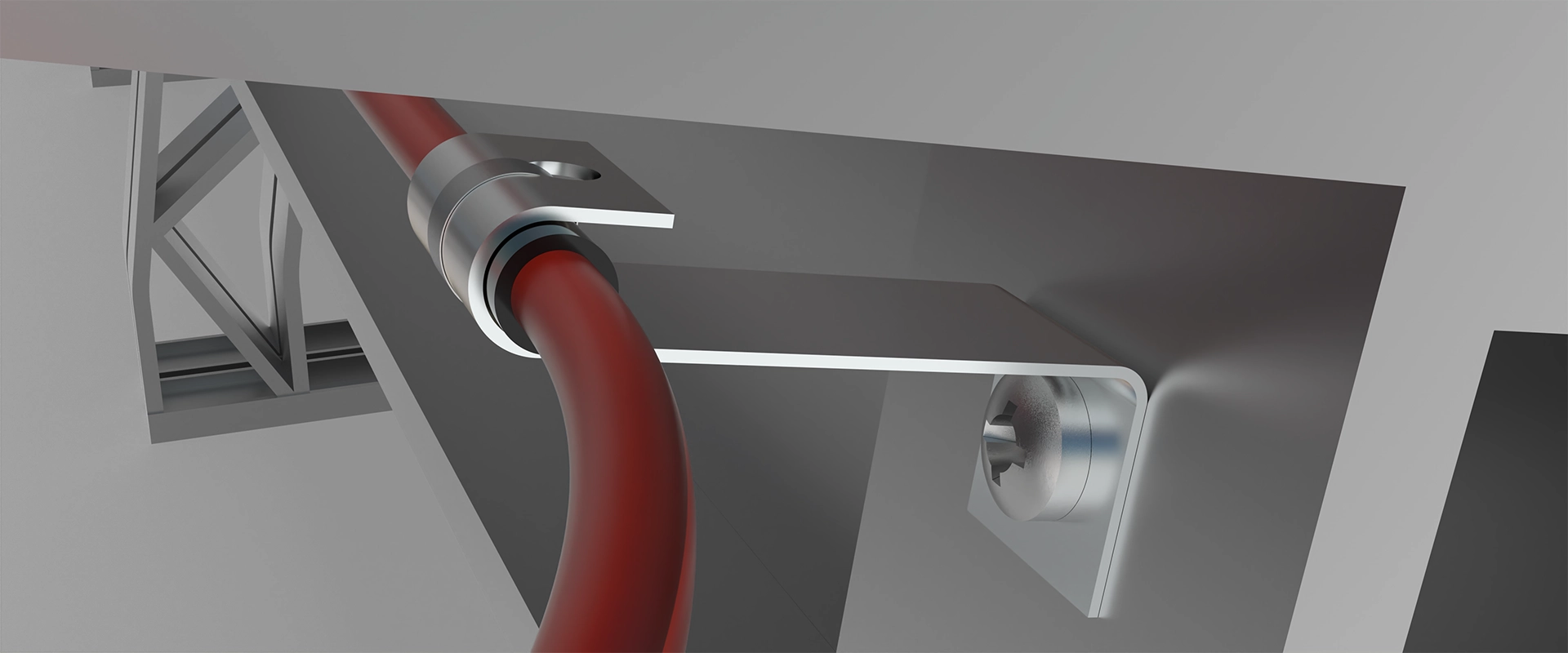Solar panels convert sunlight into electricity through a process called photovoltaics. They consist of multiple solar cells made of semiconductor materials, typically silicon, which generate electrical current when exposed to sunlight.
Solar panels are commonly installed on rooftops of residential and commercial buildings, as well as in solar farms on open land. These installations are strategically positioned to capture maximum sunlight, typically facing south in the northern hemisphere for optimal efficiency. Solar panels play a crucial role in harnessing clean, renewable energy and reducing reliance on fossil fuels, contributing to a more sustainable energy future.
As with most devices that handle electricity, there is risk of fire. If a fire is to break out in or around a solar array it can cause severe damage to the solar panels themselves or to the buildings they are installed on. Therefore, it’s important that an effective fire detection solution is in place.
What are the Risks?
There are several fire risks associated with solar panel installations on rooftops. Some of these include:
- Electrical Faults
- Over time, electrical components may deteriorate or develop faults, leading to short circuits or overheating.
- Environmental Factors
- Extreme weather conditions, such as lightning strikes or hailstorms, can damage solar panels and increase the risk of electrical problems.
- Maintenance Operations
- Maintenance operations on solar panels can pose fire risks due to electrical faults, hot surfaces, and improper tool use or cleaning methods.
- Roof Debris
- Accumulated debris on and around solar panels can become dry and potentially flammable. In the event of a nearby fire source, such as a wildfire or even a malfunctioning solar panel component, this debris can serve as fuel, increasing the risk of a fire spreading to the panels or the roof itself.
- Animal Nests
- Birds and other small animals may build nests under or near solar panels. These nests can cause blockages in the ventilation of the panels, causing them to overheat. Animals may also chew on wiring, creating electrical hazards.
What are the Challenges?
When it comes to protecting solar panel installations from fire, there are a number of challenges to overcome. These include:
- Layout
- Determining the optimal placement of smoke detectors and alarms while considering the layout of solar panels can be complex, affecting system effectiveness.
- False Alarms
- Solar panels can accumulate dust, dirt, or condensation, potentially triggering false alarms.
- Weather Exposure
- Solar panels are exposed to harsh weather conditions, requiring the fire alarm system to be weather-resistant and reliable in extreme environments.
- Access for Maintenance
- Providing adequate access for routine maintenance and inspection of fire alarm system components amidst the solar panels can be logistically challenging.
- Spread Patterns
- Fires in solar panel installations can exhibit unique spread patterns, as flames may travel underneath the panels, making it difficult to pinpoint the exact location.
FyreLine EN54 Fixed
FyreLine EN54 Fixed Linear Heat Detection can provide the ideal fire detection solution for solar panel installations.
FyreLine EN54 Fixed is a linear heat detection system that was developed by Eurofyre to conform to the European standard BS EN 54-28:2016 for non-resettable line-type heat detectors. It is specifically designed to be used in diverse applications, including solar panel installations.
FyreLine EN54 Fixed uses a heat sensing cable to detect an increase in temperature and can accurately locate the point along the cable in which an overheat event has occurred. This allows for fires on rooftops to be safely investigated in a timely manner.
Various outer sheaths are available to protect the cable from environmental factors such as abrasion, UV and hazardous chemicals, this means FyeLine EN54 Fixed Heat Sensing Cable can be made to protect varying weather types. It is also unaffected by dust and dirt.
FyreLine EN54 Fixed supports two zones, each spanning up to 1,000 metres, and can be seamlessly connected to either a conventional or addressable fire alarm control panel.
Approvals



The EN54 regulation outlines the requirements for fire detection components and alarm systems and facilitates the free movement of construction products between European Union countries. It is mandatory for fire detection and alarm equipment to be certified under the EN54 standard by an authorised certification body, as stated by the Construction Products Regulation.
Please note: compliance with EN54-28 requires the use of the FyreLine EN54 Fixed Controller, FyreLine EN54 Fixed EOL and FyreLine EN54 Fixed LSZH LHD Cable.
FyreLine EN54 Fixed Design Considerations
FyreLine EN54 heat sensing cable can be installed around the solar panels to provide reliable and accurate heat detection while controllers can be installed in an internal and secure part of the building.
FyreLine EN54 Fixed Controller Placement
FyreLine Controllers can be installed internally where they can be kept safe and secure, this also helps to provide easy access for maintenance.

FyreLine EN54 Fixed Linear Heat Detection Cable Placement

FyreLine Linear Heat Sensing Cable should be installed along the highest longitudinal support bar of the metal framework designed to elevate/angle the solar panel from the roof.

Independent & Interlock/Coincidence Detection
Interlock Mode, also known as coincidence detection, makes sure that an alarm is only triggered when an overheat condition has been detected. To achieve this, two Fixed LHD cables of the same temperature rating should be used for both zones. In this mode, the alarm output is only activated when both LHD cables trigger an alarm due to an overheat condition. This prevents alarms that might occur if a mechanical or other issue has caused one of the sensing cables to trigger an alarm.

Independent mode is when the two zones operate independently. When a fault or overheat condition occurs on a Fixed LHD zone, the corresponding fault or alarm output is triggered.
In this mode, each zone can contain either identical rated temperature LHD cables or two different rated temperature LHD cables.

FyreLine Linear Heat Detection Mounting Clips
Steel mounting clips should be used to mount the detector to the support bars and framework system. In particular, the J-Clip can be used on flat mounting surfaces and has provision for a cable tie to ensure the cable is securely mounted to the clip.

External Functional Alarm & Fault Testing
The FyreLine EN54 Fixed End Of Line should be used to terminate each cable run and can be mounted to the framework that supports the solar panel. It has built-in switches to simulate fault or alarm conditions to allow the system to be fully tested in situ.

Why Choose Eurofyre?
- Complete System Supplier
- Eurofyre manufactures and supplies all aspects of fire detection, including linear heat detection and its associated products, and can provide expert advice and consultation.
- Demonstration and Training
- We offer demonstrations and expert training on a range of systems, including FyreLine linear heat detection systems, in our very own sophisticated training facility.
- After-Sales Support
- Eurofyre offers both on-site and telephone support to assist you in ensuring that your system is fully functional and operating at maximum efficiency. Our after-sales care and support are second to none.
For more information about EN54 Fixed Linear Heat Detection, or to discuss any of the other products that Eurofyre has to offer, please feel free to get in touch either by phone on +44 (0) 1329 835 024, by email to [email protected] or via the online enquiry form situated on our contact page.
Don’t forget you can follow us on LinkedIn, Twitter and Facebook or sign up to our newsletter (in the footer below) to receive all the latest information from Eurofyre.